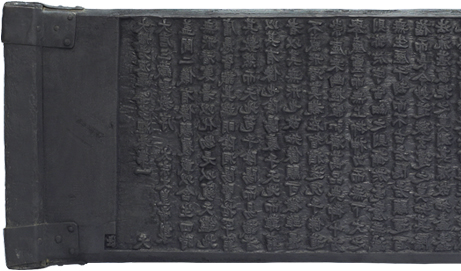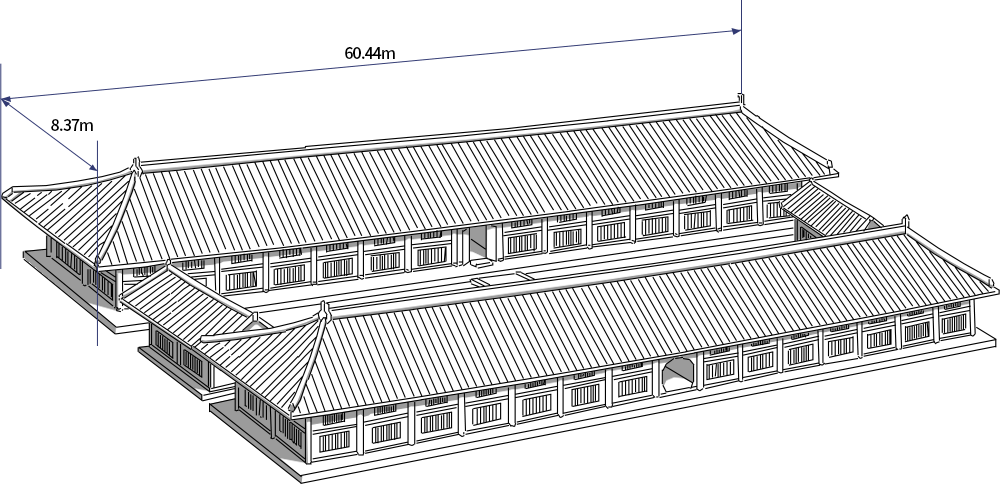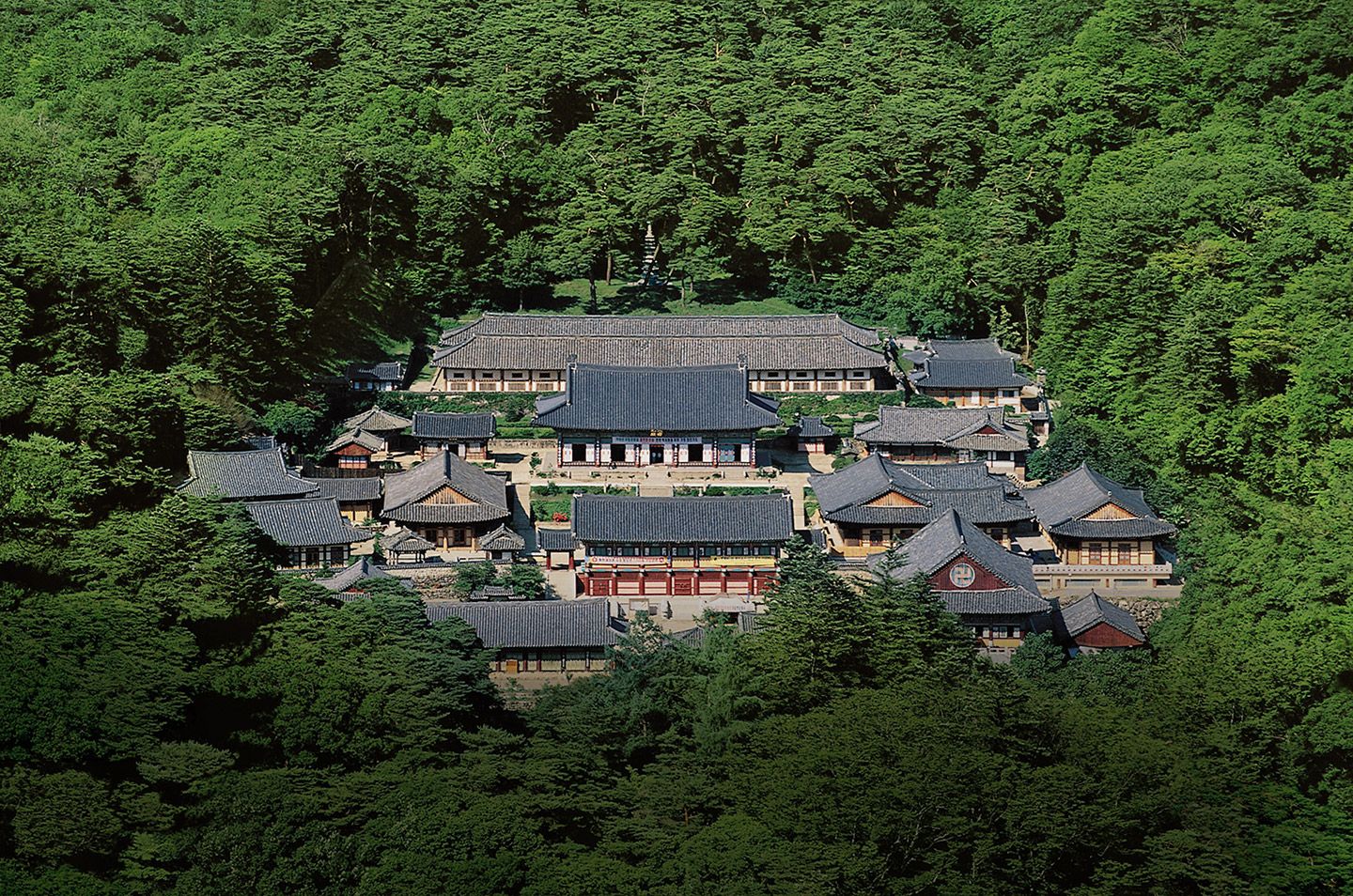Discover Korea's World Heritage
Haeinsa Temple Janggyeong Panjeon
Tripitaka Koreana, the Most Comprehensive Collection of Buddhist Scriptures Carved onto Wooden Printing Blocks
Tripitaka Koreana was initially named “Goryeo Daejanggyeong (Tripitaka).” But it later became known as “Palman Daejanggyeong,” which means “Eighty-Thousand Tripitaka,” as the number of wooden plates reached 81,340 to contain 84,000 Buddhist writings. All the woodblocks, if laid end to end, would extend over a distance of 37.5 kilometers and weigh 280 tons. The letters are almost identical in style as if they were all written by one person. As a UNESCO Memory of the World Register item, it contains 1,500 kinds of Buddhist canon with accurate content. To make the woodblocks, sargent cherry trees and wild pear trees with regular patterns of wood grain were selected and soaked in seawater for two to three years. The wood pieces were boiled in salt water before being dried in the shade. Then the carving work began. After the letters were engraved, three coats of lacquer were applied on the surface of the wooden plates. Wooden handles were attached to both ends and the four corners of the plates were decorated with the sheet of copper to prevent them from being damaged due to humidity, insects and warping.


Janggyeong Panjeon, the World’s Only Depositories to House Wooden Printing Blocks Inscribed with Buddhist Scriptures
Janggyeong Panjeon was completed in 1488 during the early period of the Joseon Kingdom with the purpose of storing the wooden printing blocks of Tripitaka Koreana. The wooden structure with two halls is 60.44 meters long and 8.73 meters wide.
On top of the excellent layout of the storage space, the halls were scientifically designed to facilitate adequate ventilation, adjust humidity and maintain optimal indoor temperatures, allowing the wooden blocks to have been preserved in impeccable condition for over 600 years.

Location and Direction
Janggyeong Panjeon is located on the hillside of Mount Gaya, 655 meters above sea level, facing southwest. It is blocked by the hill to the north and is open down to the south. The location allows the winds blowing up from the south to pass the building sideways and prevents sunlight from directly reaching the wooden blocks. In brief, the storage halls are ideally located in consideration of natural ventilation and humidity changes
Source: Cultural Heritage Administration

Natural Humidity Control System
Windows of Janggyeong Panjeon are different in shape and size. The windows on the front of the building are larger in the lower part and smaller in the upper part, while those in the rear of the building are larger in the upper rows and smaller at the bottom. The wind would blow in through the larger lower windows in the front and circulate inside the hall before escaping through the large windows on the opposite side to facilitate natural ventilation.
The clay floors with layers of charcoal, powdered lime, salt and sand help adjust humidity: the floors absorb moisture if the air is too humid in the summer and release it if the air is dry in winter.
Unlike ordinary shelves, the shelves here are open to the air on all four sides. Two-point-eight-centimeter-thick end pieces attached to each woodblock create some space between adjacent plates, allowing air to flow through the gap to perfectly protect the plates from humidity, which is most detrimental to wood.

① Salt ② Charcoal ③ Sand+ Powdered lime+ Clay

